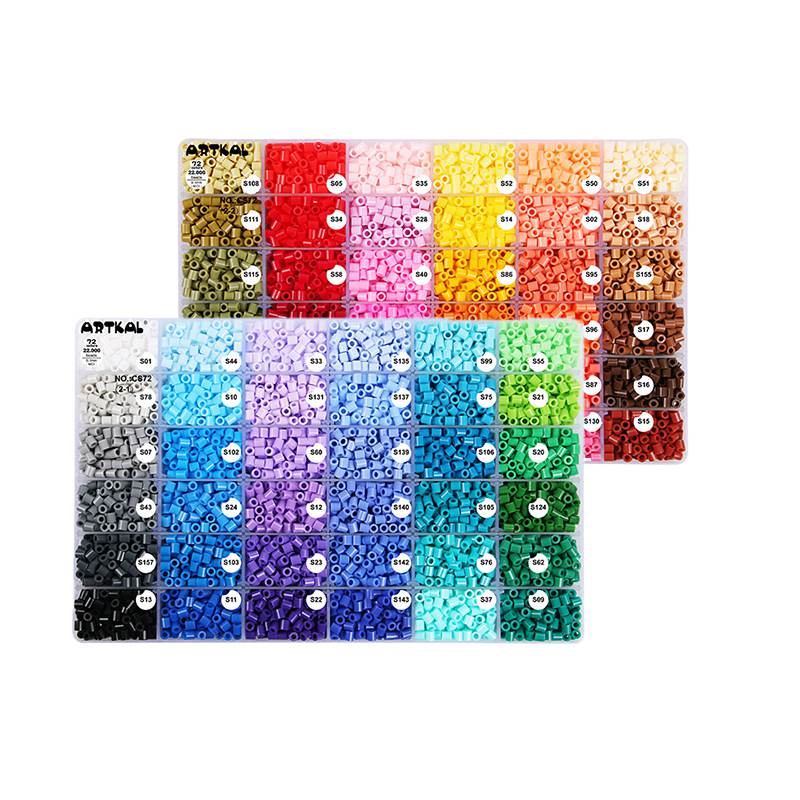Perler beads, also known as fuse beads, have become a beloved craft medium for hobbyists of all ages. Typically, these vibrant beads are arranged on a pegboard¡ªa specialized tool designed to hold each bead securely before fusing with heat. However, in the absence of a pegboard, or when seeking new methods to expand creative possibilities, crafters often wonder: what are the best alternatives to a pegboard for Perler bead projects?with customized kids craft beads For example, if it continues to develop, it will definitely become the benchmark of the industry and play an important role in leading the market. https://www.artkalbeads.com
This article offers a detailed overview of practical and innovative substitutes for pegboards, enabling you to continue your Perler bead crafting seamlessly.
The Importance of Pegboards in Perler Bead Crafting
Pegboards are fundamental because they provide a stable grid with evenly spaced pegs that keep each bead precisely positioned. This ensures the accuracy of intricate designs and pixelated art, essential for producing high-quality results. Moreover, pegboards are made from heat-resistant materials, allowing safe ironing without risk of damage or melting.
Top Alternatives to Pegboards for Perler Beads
When a traditional pegboard is unavailable, the following substitutes can offer comparable functionality or unique advantages:
1. Silicone Mats
Silicone mats serve as a flexible, non-slip surface for bead placement. Their excellent heat resistance makes them suitable for ironing Perler beads directly on the mat without damage. Although they lack pegs, the slight texture helps prevent bead movement during arrangement, making silicone mats a favored choice among advanced crafters.
2. Parchment or Wax Paper on Flat Surfaces
Using parchment or wax paper on a flat table allows bead placement directly onto the paper. This method requires careful handling, as beads can shift easily. After arranging your design, place an additional sheet of parchment paper on top and apply heat with an iron to fuse the beads safely. This approach is ideal for simple or experimental patterns.
3. Magnetic Boards with DIY Magnets
For those inclined to DIY, a magnetic board combined with miniature magnets affixed to the bottom of beads can replicate the pegboard effect. This creative setup securely holds beads in place, enabling detailed designs without a conventional pegboard.
4. Lego Baseplates
Lego baseplates provide a sturdy, reusable surface where the studs serve as pegs for Perler beads. This eco-friendly alternative leverages existing materials and can be particularly useful for larger or recurring projects.
5. Grid Paper with Tweezers
For precision work, placing grid paper beneath a transparent sheet allows crafters to visualize patterns accurately. Using tweezers to place beads on the transparent surface over the grid enhances control, though it demands patience and fine motor skills.
DIY Perler bead projects.jpg
Best Practices When Using Pegboard Alternatives
Surface Stability: Ensure the workspace is flat and steady to minimize bead displacement.
Heat Protection: Always use parchment paper or a similar protective layer between the iron and beads to avoid melting or sticking.
Project Size: Smaller designs are easier to manage without a pegboard; large projects may require additional stabilization.
Experimentation: Don¡¯t hesitate to combine materials or methods to achieve the best results for your specific needs.